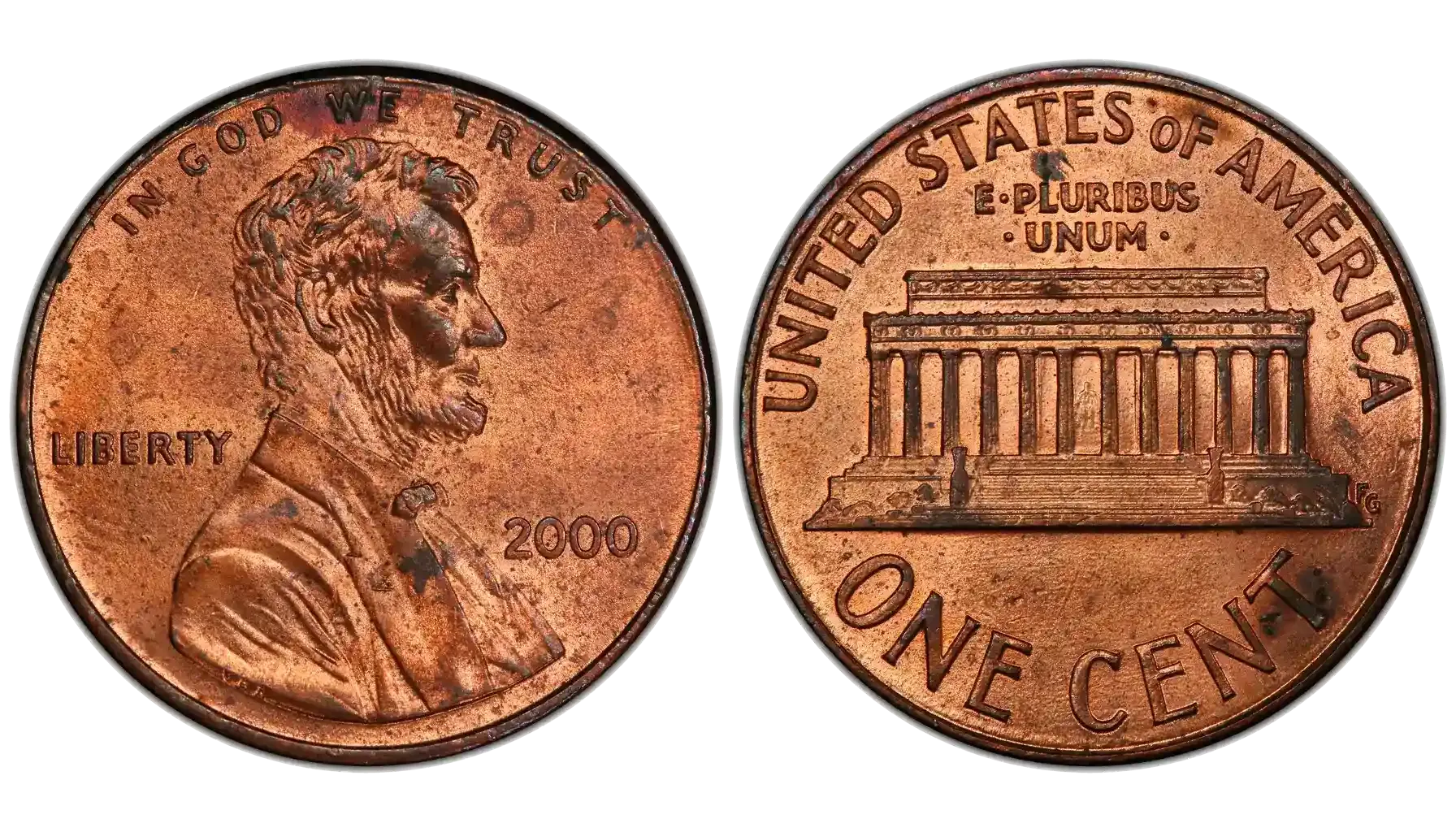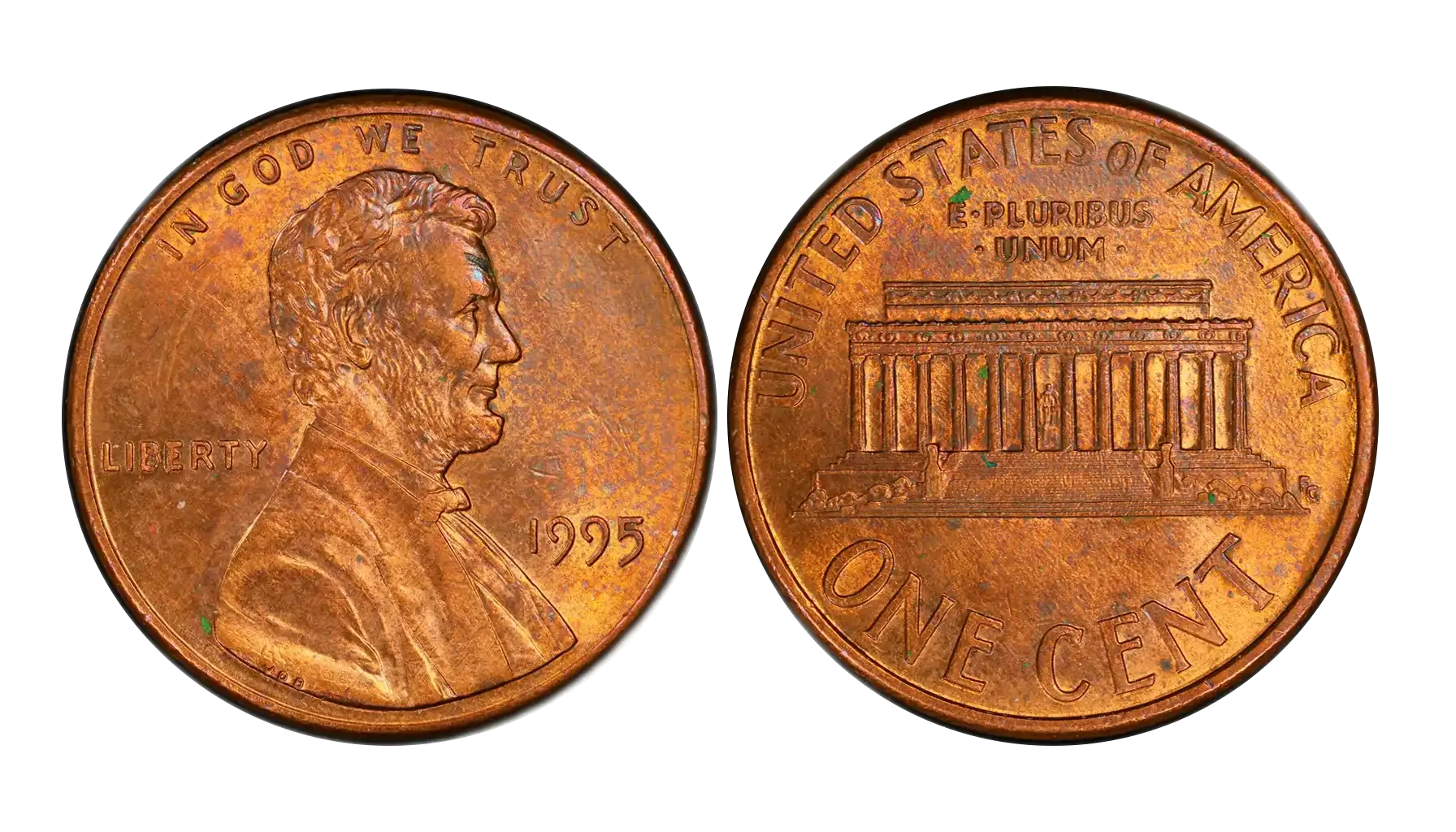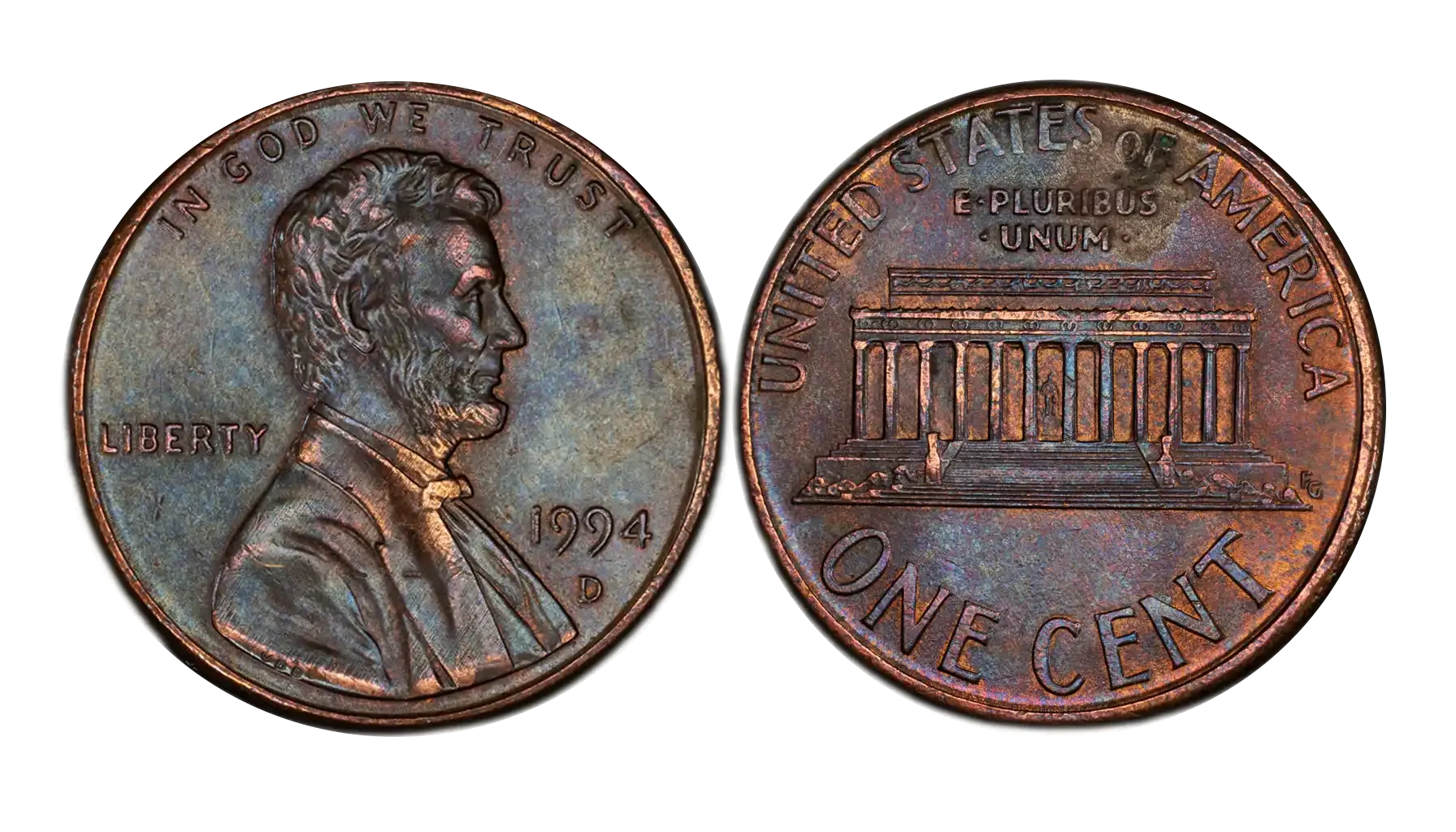Have you ever rummaged through your spare change and wondered if that ordinary-looking cent could actually be worth something more?
It's easy to dismiss it as just a cent, but the world of item collecting holds some real surprises. Before you spend that 1996 Lincoln penny, it might be worth a quick check.
There are readily available online resources, some might call them a coin value identifier, that can help you determine if you've stumbled upon a rare variety or error.
Today, let's find out how useful the 1996 Lincoln Cent can be to you and what value is behind it. So, how much is a 1996 penny worth? It depends on its condition and rarity.
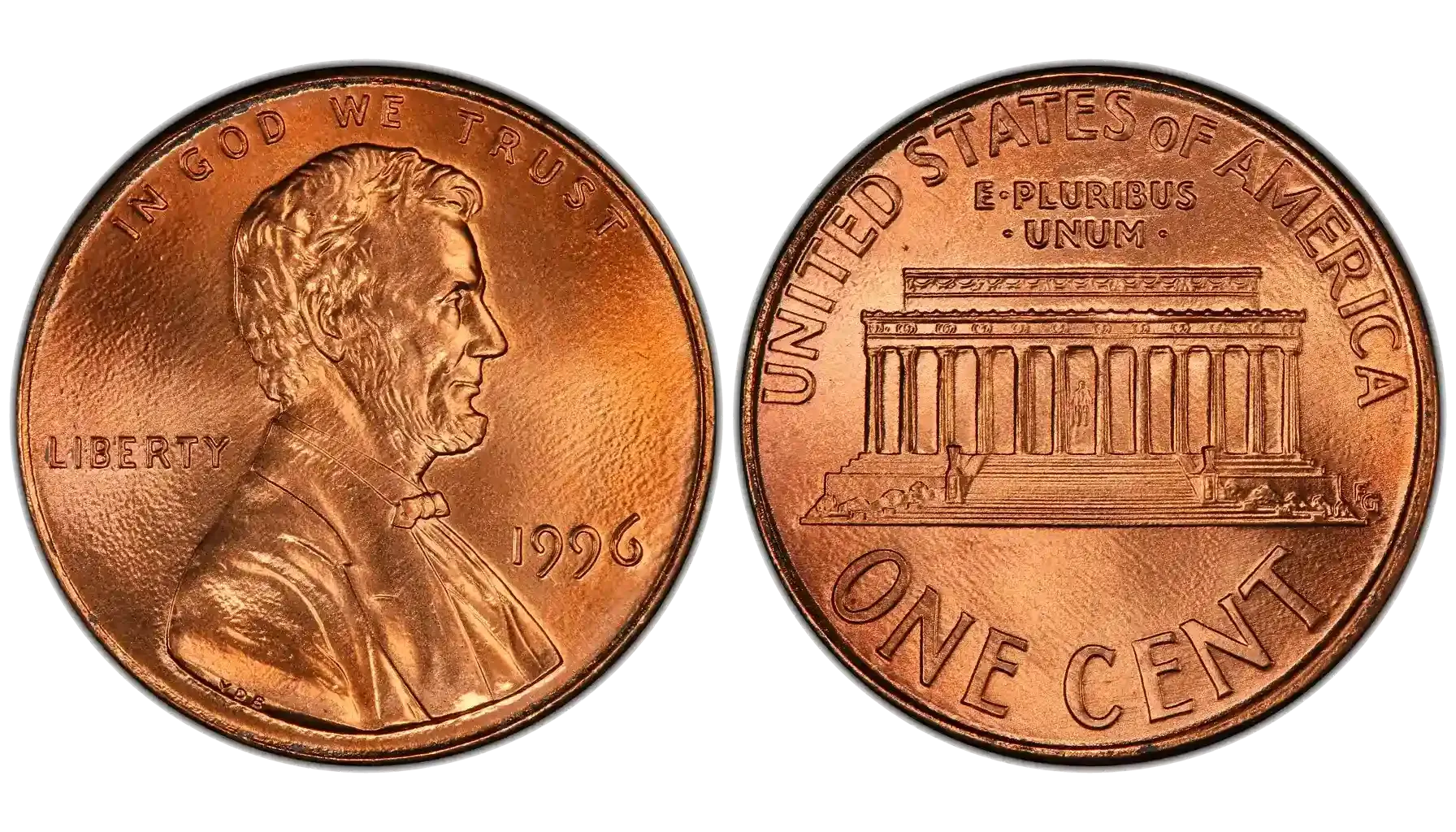
Common Features
The 1996 Lincoln cent, like all other pennies of its era, features Abraham Lincoln, the 16th U.S. President, on the obverse and the Lincoln Memorial on the reverse.
These cents are primarily made of copper-plated zinc, a composition used to keep production costs down.
Most of these pieces are worth their face value – one cent. However, certain varieties and errors can significantly increase their value. When looking at a normal 1996 Lincoln cent keep an eye out for anything that seems a bit off.
The 1996 D Cent |
| |
The 1996 Penny No Mint Mark | Items struck in Philadelphia often lack a mint mark. While Philadelphia produced a large quantity of 1996 cents, a well-struck and lustrous 1996 no mint mark penny can still command a premium, especially in uncirculated condition. Knowing how to identify a 1996 Lincoln cent with no mint mark is key here. | |
Close AM vs. Wide AM | The "AM" refers to the letters "A" and "M" in "AMERICA" on the reverse of the item. Finding a 1996 penny wide AM penny is like finding a needle in a haystack, but the reward is substantial. | |
Close AM | Wide AM | |
In the typical 1996 cent, the "A" and the "M" in "AMERICA" are very close together, almost touching. | This is where the potential value lies. A 1996 wide am penny features a noticeable gap between the "A" and the "M." This is considered an error because it wasn't the intended design for that year. The 1996 penny close AM value is minimal, as this is the standard version. But a 1996 cent wide AM? That's a whole different ballgame. | |
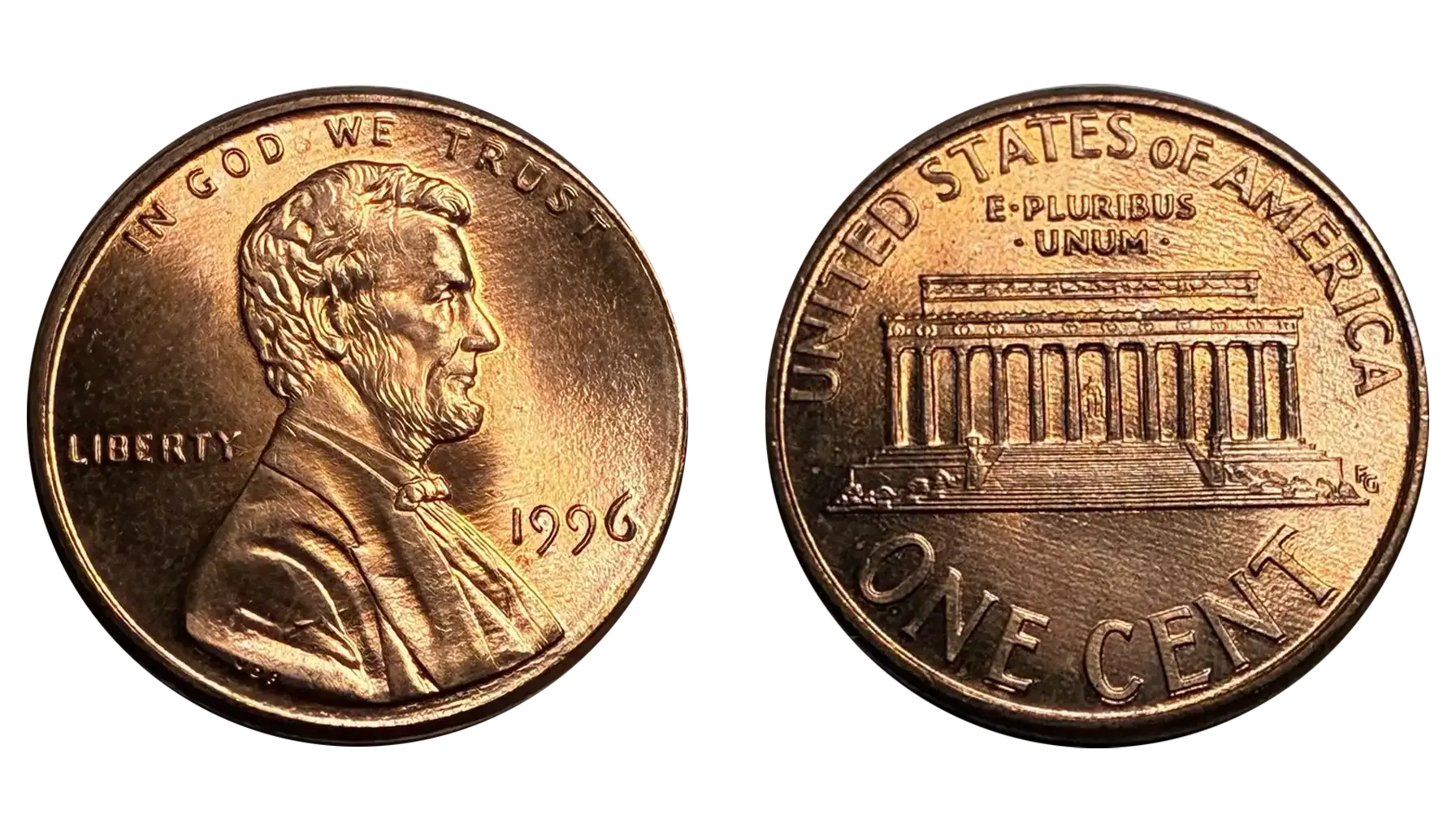
Errors
Off-Center Strikes
As the name suggests, an off-center strike occurs when the striking die isn't properly aligned, resulting in the design being shifted to one side. A 1996 error penny with a significant off-center strike can attract collector interest.
It's essential to understand what constitutes a genuine 1996 penny errors, as slight misalignments are common and don't necessarily add significant value. Knowing the 1996 penny error value ahead of time could save you some time.
Double Die
A 1996 double die cent is created when the die has been impressed with the design multiple times, slightly offset from each other. This results in a doubling of certain design elements. The 1996 double die penny can be subtle, so you'll need a magnifying glass to examine the details closely.
Identifying Errors
When searching for errors, focus on key design elements like Lincoln's portrait, the inscriptions, and the Lincoln Memorial.
Use a magnifying glass to examine these areas for doubling, distortions, or missing details. The 1996 D penny error list with pictures can be invaluable in helping you identify potential errors.
You can also use free coin identifier applications. Just point your phone's camera at the coin and the app will immediately show you all the information about it.
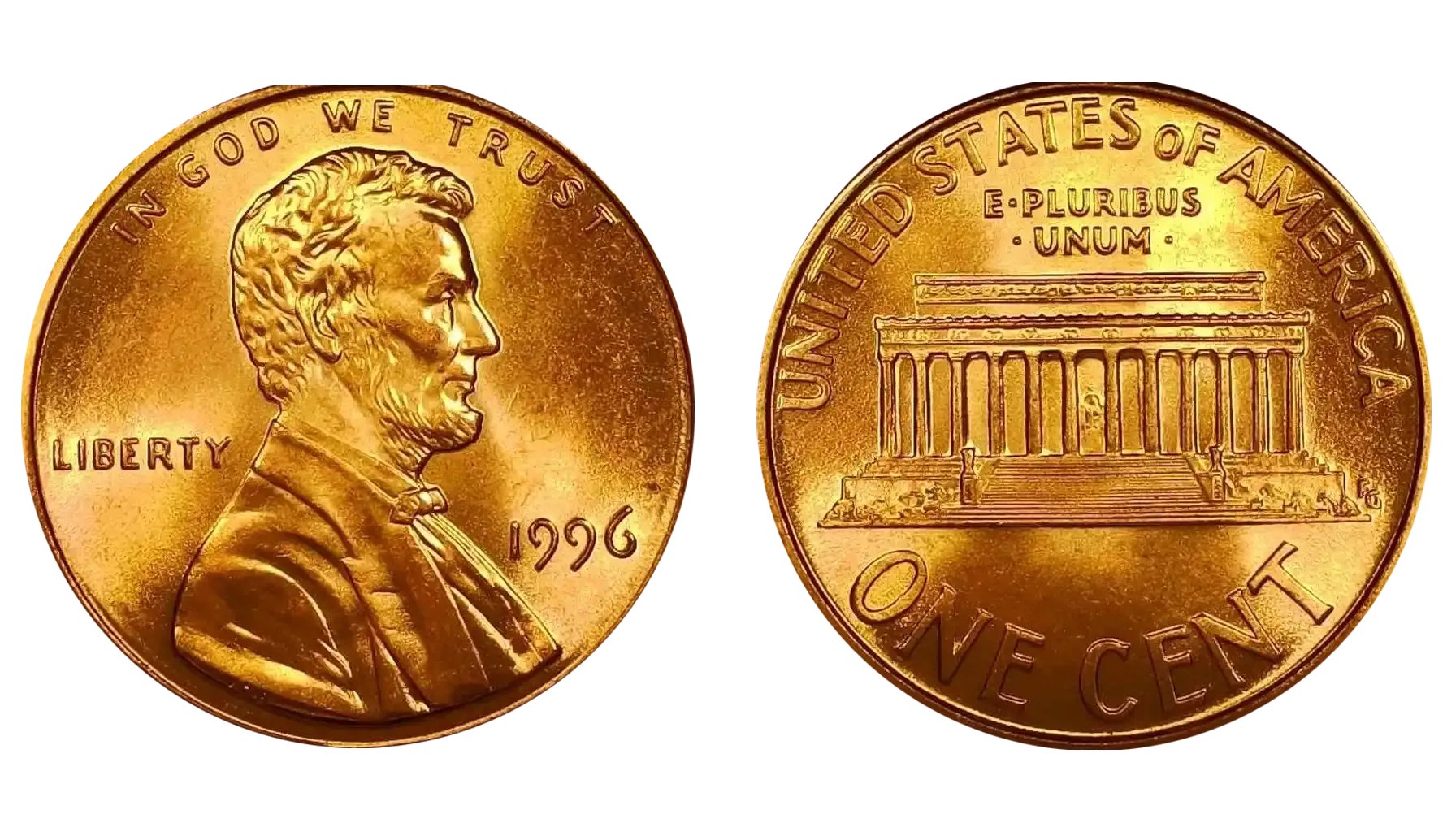
Value
While most 1996 cents are made of copper-plated zinc, rumors and wishful thinking sometimes lead people to ask about other options.
1996 Silver Penny | The U.S. Mint didn't intentionally produce any silver cents in 1996. Any cent that appears silver is likely the result of plating or environmental damage that has altered the item's surface. So, while a "silver" 1996 cent might be interesting, it's not a legitimate mint error and won't command a premium. |
1996 Gold Penny | Similarly, a 1996 gold cent is not an officially recognized variety. While there are ways to gold-plate a cent, the U.S. Mint didn't produce any gold cents in 1996. The appeal of finding a 1996 gold cent is understandable, but it is unrealistic. |
While the vast majority of 1996 Lincoln cents are worth only one cent, the potential for finding a Wide AM variety or a significant error makes them worth a second look. Researching and understanding the different types of errors, consulting reputable guides and online resources, and connecting with other collectors can greatly enhance your enjoyment of the hobby.
Who knows, you might just find a valuable 1996 D penny close AM value, hidden right in your pocket. Or maybe you will get lucky and find a 1996 D cent error item that is worth some money.
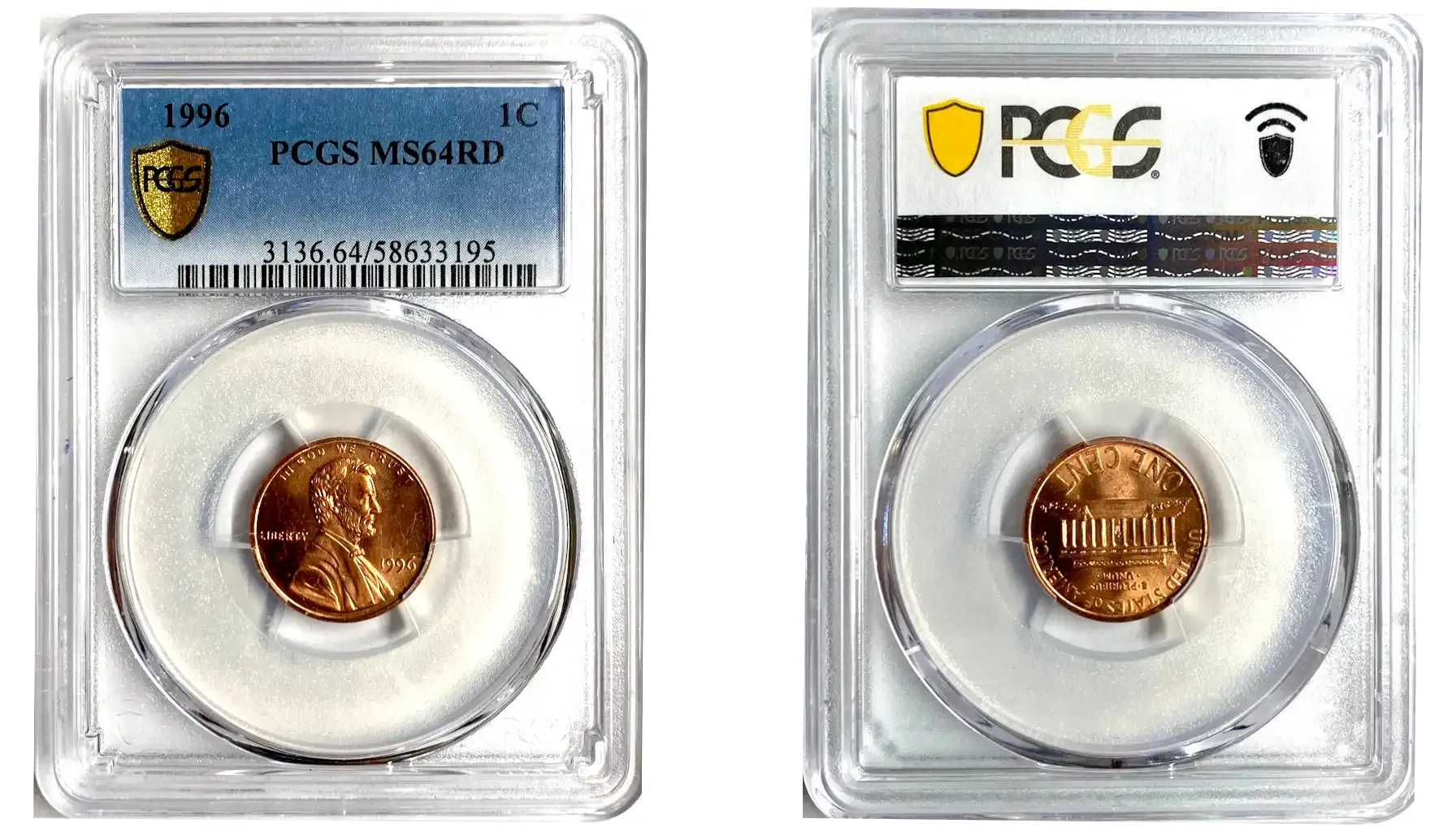
Quick Tips for Collectors
Learning | Research varieties (Wide AM, Close AM), errors, and values before buying or selling. Check prices on multiple sources. Authentic graders can help get you going. | |
Buying | If you are looking to buy 1996 cent no mint mark items, check out different sources to see the average price. This way you won't get scammed. | |
Fakes | Low Prices | If a deal seems too good to be true, it probably is. Be wary of anyone selling "rare" 1996 cents for pennies on the dollar. There's usually a catch. |
Check Seller | If you're buying online (eBay, forums, etc.), check the seller's feedback rating. Look for sellers with a long history of positive transactions and avoid those with a lot of negative feedback or complaints. | |
Authenticate & Grade | Use PCGS or NGC for coin certification. Knowing the true 1996 close am penny value helps avoid scams. | |
Forums | Connect with other collectors online. Share information, ask questions, and learn from their experiences. | |
Identification | If you think you've found an error, compare it to photos and descriptions in error guides. A good place to start is by checking a 1996 penny error list with pictures. | |
Stay Up-to-Date | Prices and market trends can change over time. Keep an eye on auction results and price guides to stay informed about the current value of 1996 Lincoln cents. | |

